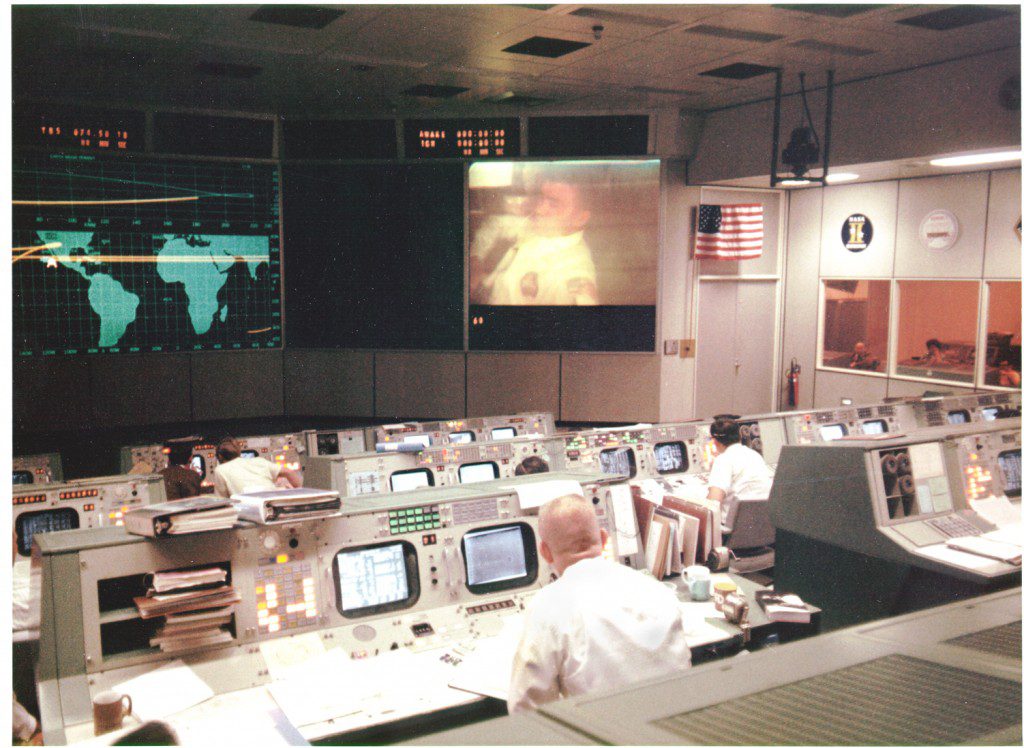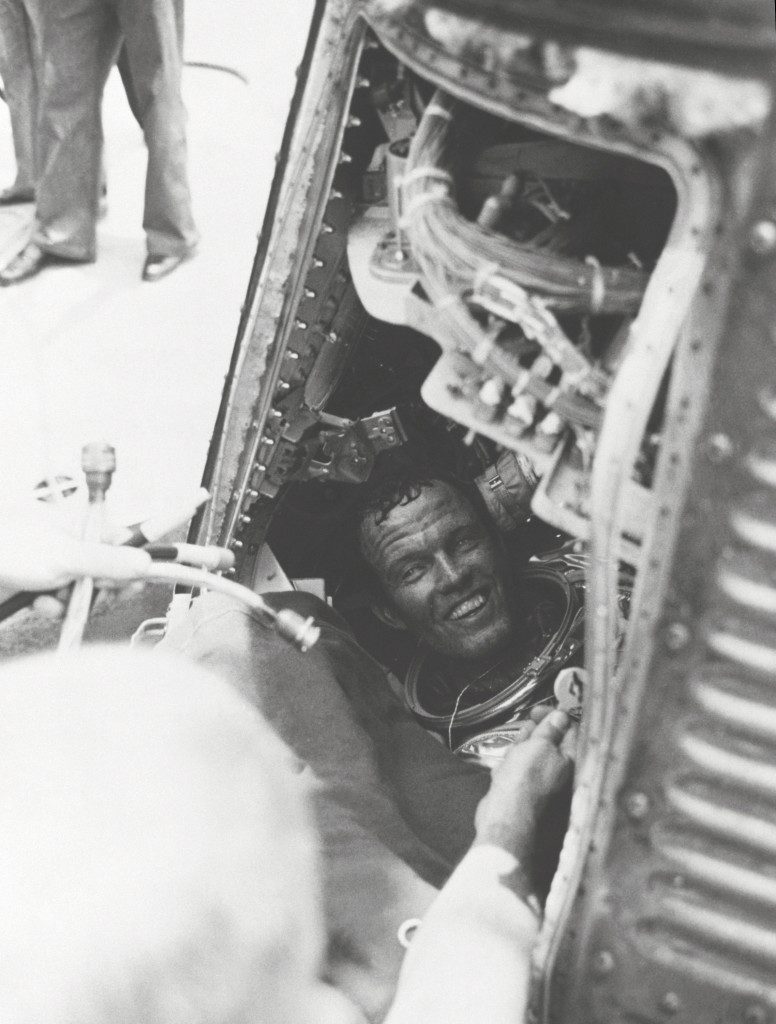
Behind The Scenes
When you take into account the extensive number of Oklahoma engineers and scientists who have worked behind the scenes within the space program, what you get is a very comprehensive involvement in space exploration by Oklahomans.
After all, without scientists and engineers, astronauts would not only be lost in space, they couldn’t make it up there in the first place.
“Many of the engineers who first went to work for the newly created NASA in the beginning came from farms in rural areas,” Moore explains. “They were ambitious to move beyond the farm to do something bigger, so they were motivated when they got to college to do something where they could use their common sense and farm mechanical aptitude to get out and work on the vehicles that would take Americans out into space.”
Over the decades, countless engineers and scientists – both homegrown and imported from out of state – have first-handedly helped to further the country’s’ progress in space.
Some worked to design and assemble crucial spacecraft parts at Tulsa’s now-Spirit Aerosystems facility, which is comprised of many significant aircraft and aerospace company histories, like Douglas, North American Rockwell and Boeing.
Others began what would become their long-standing scientific careers at Oklahoma colleges and universities, moving on to provide their expertise and extensive research to the NASA program.
Dr. Vernon Jones, senior scientist for suborbital research at NASA headquarters, came to Oklahoma from Arkansas, earning his undergraduate degree in engineering physics at the University of Tulsa amidst the beginning of the Race for Space, just a few weeks before Sputnik was launched in 1957.
Although he doesn’t consider himself a “rocket scientist” per se, his work explores the kind of mind-boggling astrophysics, heliophysics and study of cosmic matter from both inside and outside of our galaxy that throw the layperson’s mind for a loop.
A manager of science activities, as well as a program scientist for one of the largest missions on the International Space Station – the Alpha Magnetic Spectrometer, launched last May – Jones explains that by constantly soliciting and receiving research proposals from scientists and institutions around the country, NASA is always hard at the grind, striving to dig deeper into space exploration at every level.
“I’ve never been as busy as I’ve been in the past year. NASA is a great agency to be a part of. The people here are very dedicated to what we do. It’s definitely exciting work. Our country – and the whole world, really – is fascinated by space. We always have been. There are always infinite possibilities that have yet to be explored,” he says.
Where Do We Go From Here?
As it stands currently, with the end of the shuttle program, the U.S. space shuttles are now dismantled, and the country is facing the challenge of forging ahead in new directions to carry on the pioneer spirit that will extend our reach farther out into the universe.
“There will always be kids looking for something in the future that is as challenging and exciting as space exploration – something that pulls them in and makes their imaginations spin wild with ideas,” Herrington says.
Sadly, many lament the recent de-emphasis of NASA’s deep reach into space.
“I think we really lose something as a country when we don’t have that as a national goal and priority,” Herrington says.























